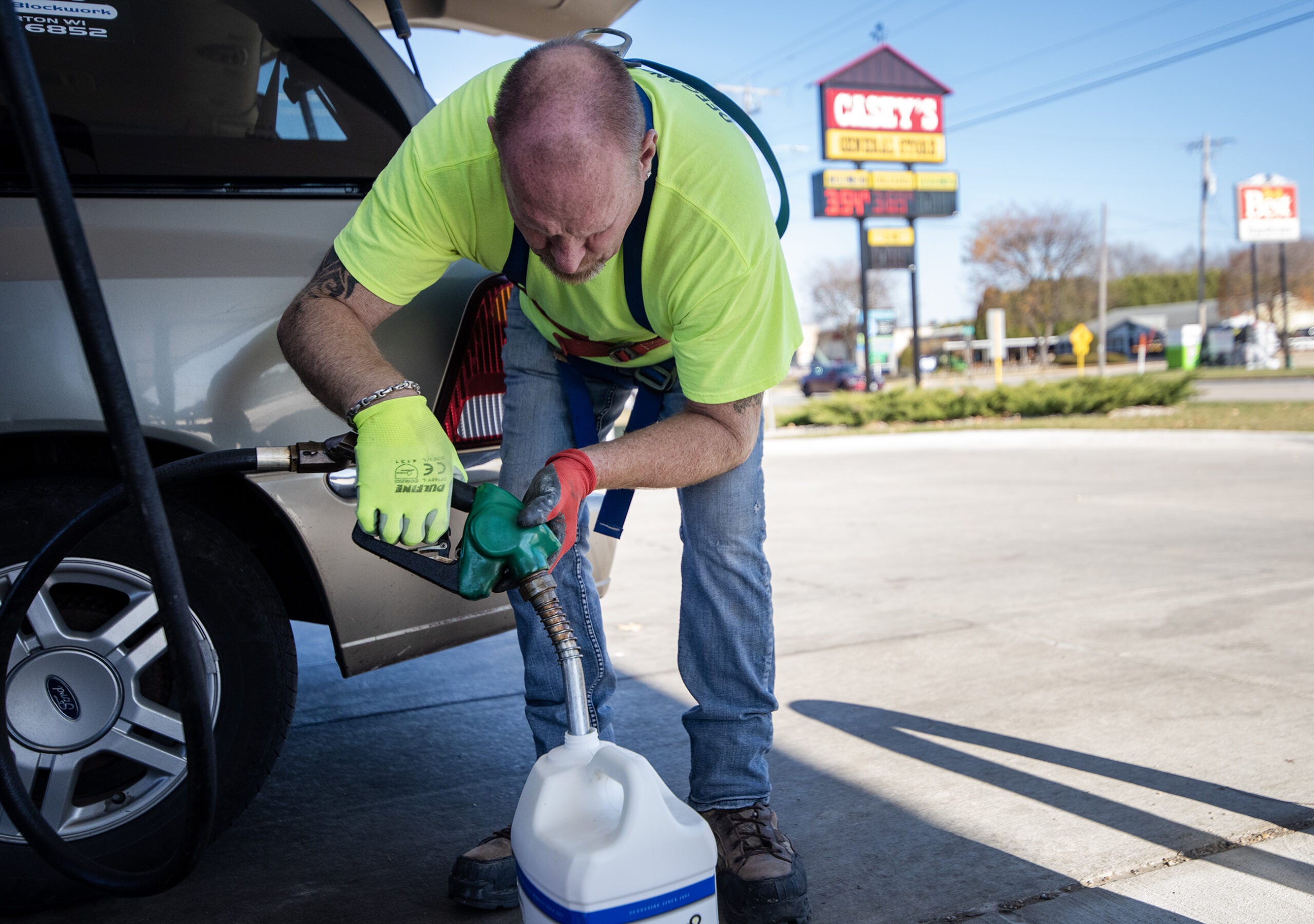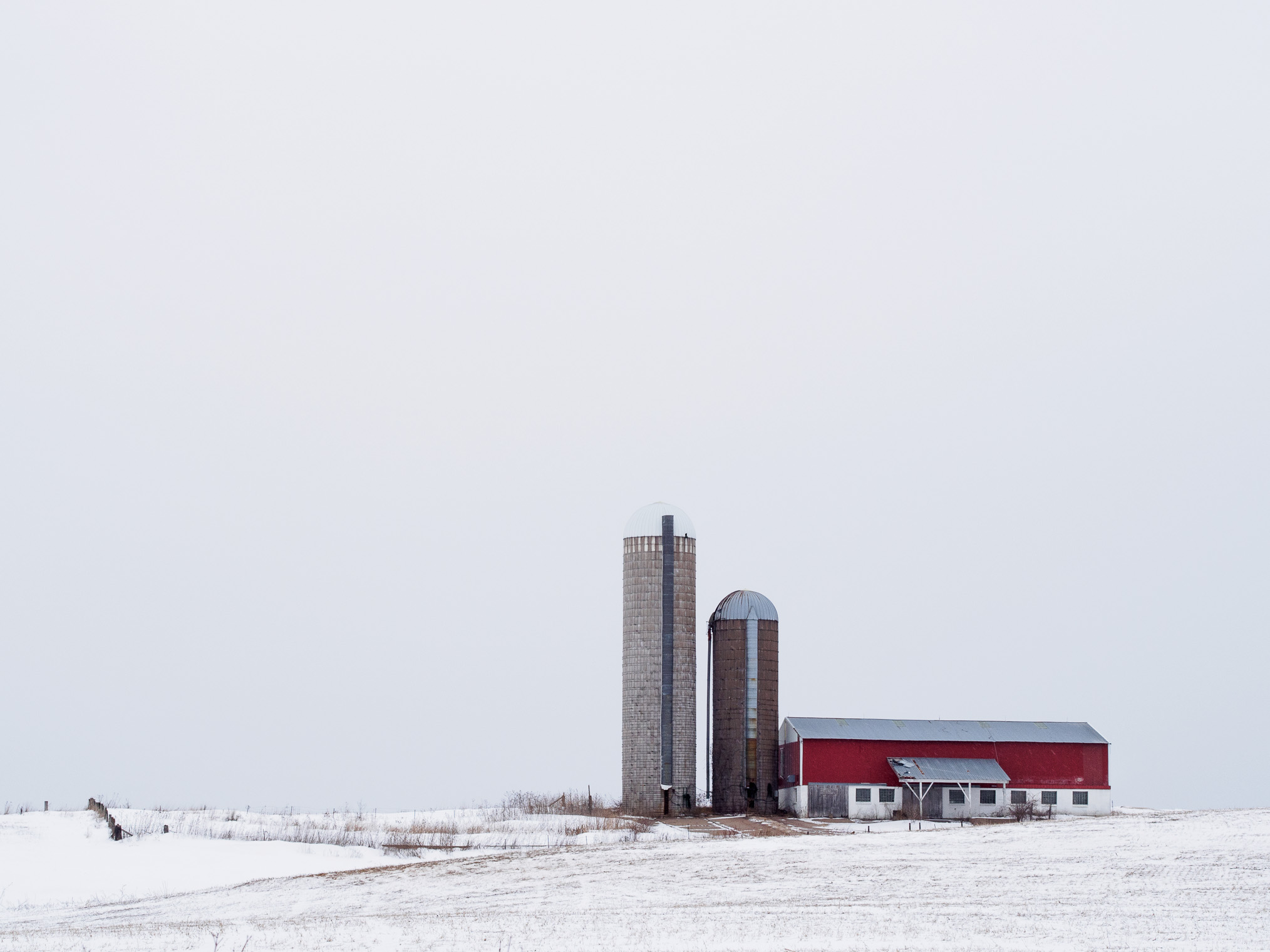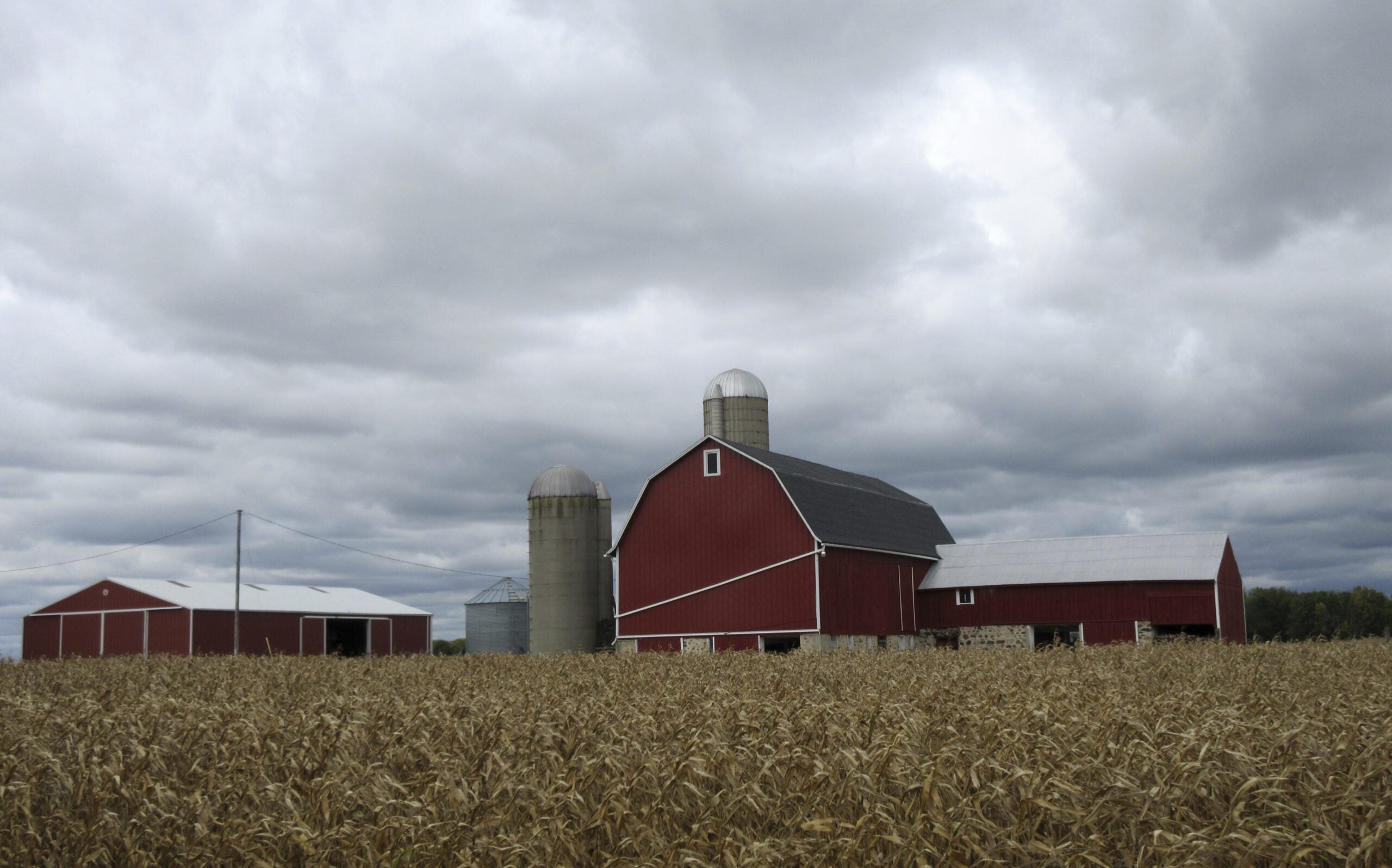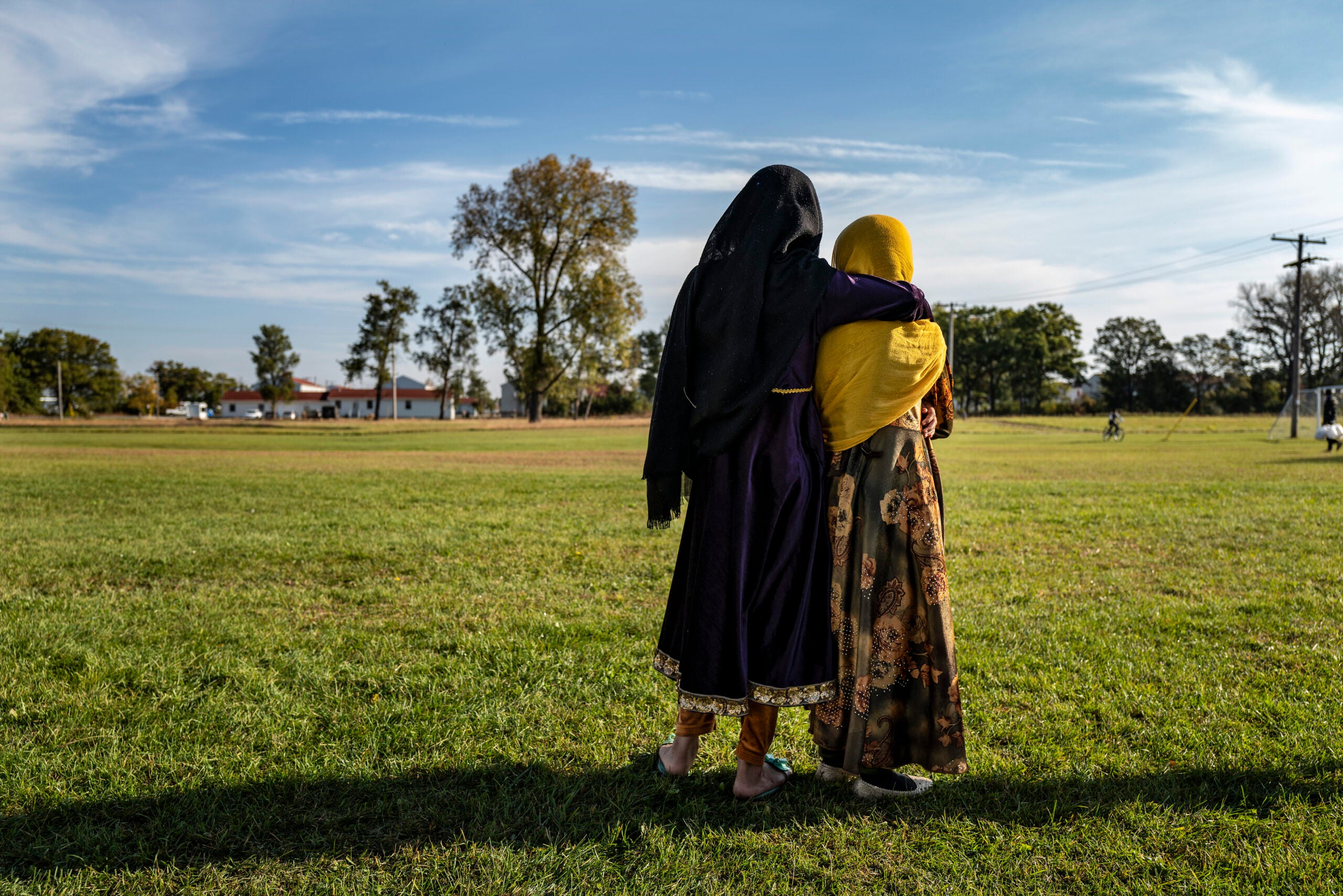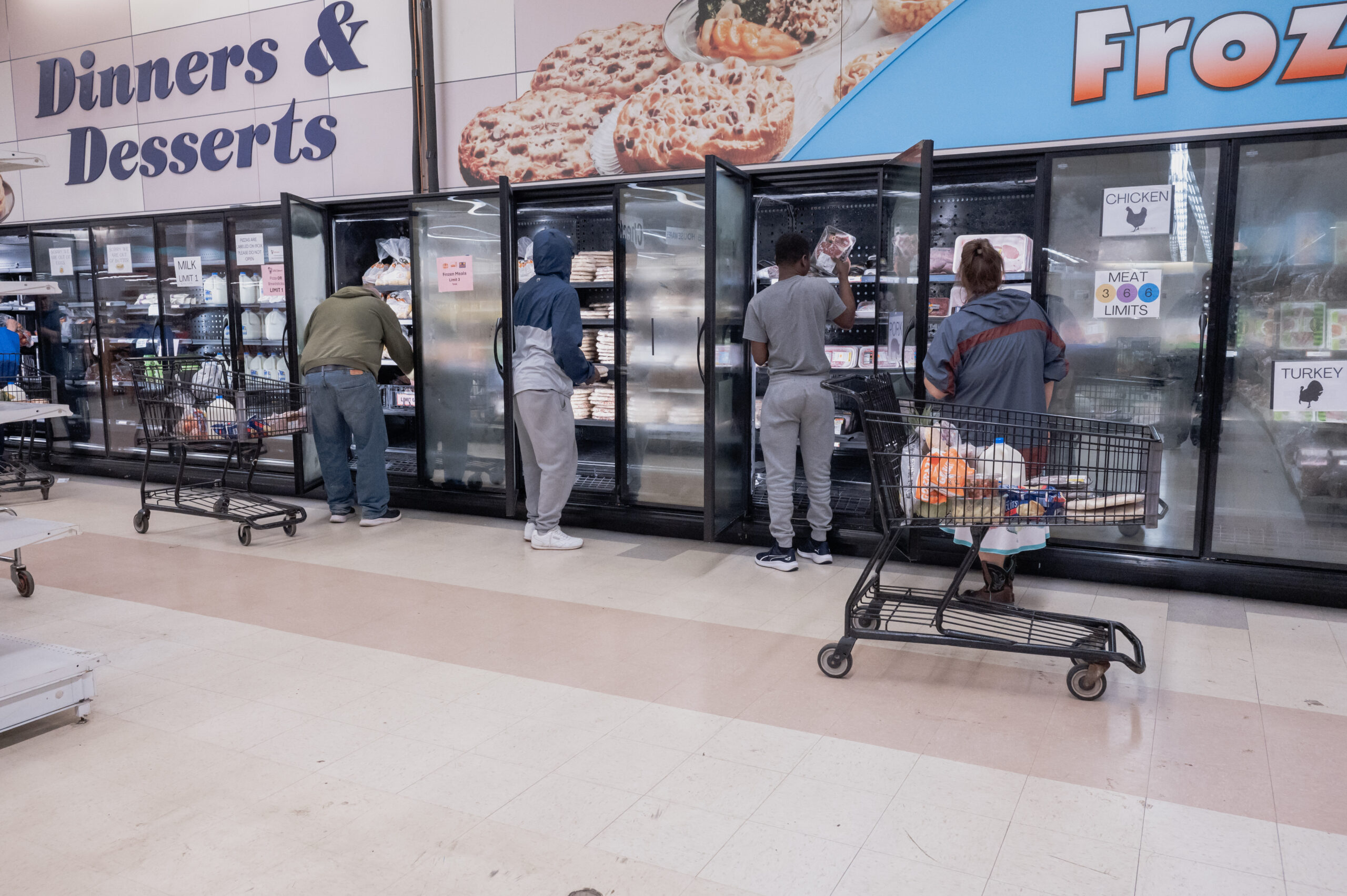Wisconsin currently lags other states in terms of how accessible farmers’ markets are for FoodShare users, although grants offered by the U.S. Department of Agriculture (USDA) could change that.
FoodShare money can be used to purchase goods at 85 of the roughly 250 farmers’ markets in the state – roughly one-third. Because the federal government allots FoodShare funds electronically, farmers’ markets have to make accommodations to accept this form of payment.
“To accept those payments, the farmers’ market has to get authorized by the United States Department of Agriculture to do so, and then set up the mechanism to either confirm sufficient funds on the individual’s card and/or go ahead and swipe the card,” said Amber Canto, a poverty and food security specialist with University of Wisconsin Extension.
Stay informed on the latest news
Sign up for WPR’s email newsletter.
To help farmers’ markets and others who market directly to consumers, the U.S. Department of Agriculture is offering $4 million in grants to assist them in getting the necessary equipment to accept FoodShare.
Canto says Wisconsin ranks fifth out of six Midwestern states that accept FoodShare payment at farmers markets.
“In 2013 we were looking at $215,000 of sales attributed to (the Supplemental Nutrition Assistance Program) or FoodShare in Wisconsin. “Leading the pack is Michigan, which had over $1.7 million in sales directly attributed to SNAP.”
Canto said farmers’ markets provide opportunities to teach people about nutrition.
“So in one study, we actually saw that families (on FoodShare) that had access to farmers’ markets ate on average one and a half more servings of fruit and vegetables than those who didn’t have access to a farmers market,” she said.
Approximately 15 percent of Wisconsin residents participate in FoodShare.
Wisconsin Public Radio, © Copyright 2025, Board of Regents of the University of Wisconsin System and Wisconsin Educational Communications Board.



